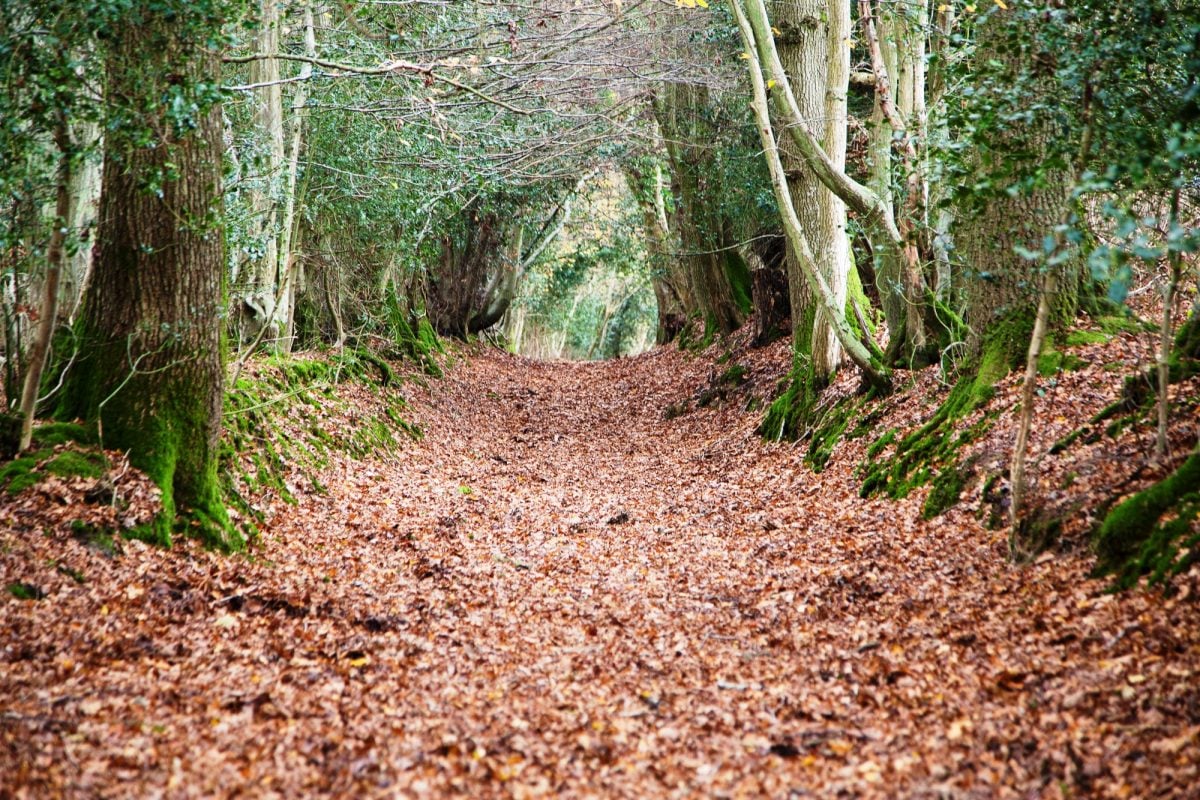Wonderful Woodland
Trees are a particularly distinctive feature of the High Weald landscape. The area enjoys three times the national average of woodland cover and has the highest coverage of ancient woodland of any National Landscape in the country.
Interconnected treebelts, shaws and small blocks of woodland contribute to the area’s distinctive medieval field pattern – the remnants of ancient forest cleared by early farmers.
Woodland is a key component of the High Weald’s natural beauty. Policy objectives for woodland are set out in the High Weald AONB Management Plan.
A valuable resource
The woods of the High Weald were relatively slow to be cleared because they were a valuable resource: yielding timber for building; fuel for heating and charcoal for iron smelting as well as animal feed – acorns and beech mast for pigs.
Although heavily exploited, woods in the High Weald were rarely destroyed and the High Weald remained relatively uncultivated. At Domesday (1086) it was the most densely wooded area remaining in England.
Even when agricultural clearance did begin in the High Weald, much of the woodland was retained. Field boundaries were formed by clearing spaces within woodland, leaving strips of the original woodland between the fields.
The many woods on steep-sided valleys and gills were impossible to clear and farm. The remaining woodland continued to provide valuable resources, particularly for the iron industry.

Amazing and ancient…
Much of today’s High Weald woodland has probably never been cleared.
Today, over 70% of the High Weald’s woodland is classed as ancient – having been continually wooded since at least 1600AD (nationally, only about 19% of woodland is ancient).
Having existed for hundreds of years, ancient woodlands are very important habitats for certain woodland plants that can only colonise very slowly. Ancient woodlands also contain a wealth of archaeological features – for example the remains of iron workings.

Home to rare species
High Weald woodlands were managed for centuries by skilled workers, using a rotational coppice system.
This ensured that a renewable supply of wood was always available – especially for charcoal and building materials.
Traditional coppicing is an important woodland management technique, creating a unique habitat that has vital biodiversity benefits.
Many British flowering plants, mammals and insects thrive under this rotational system – often the rarer species are now only found in working coppice.


